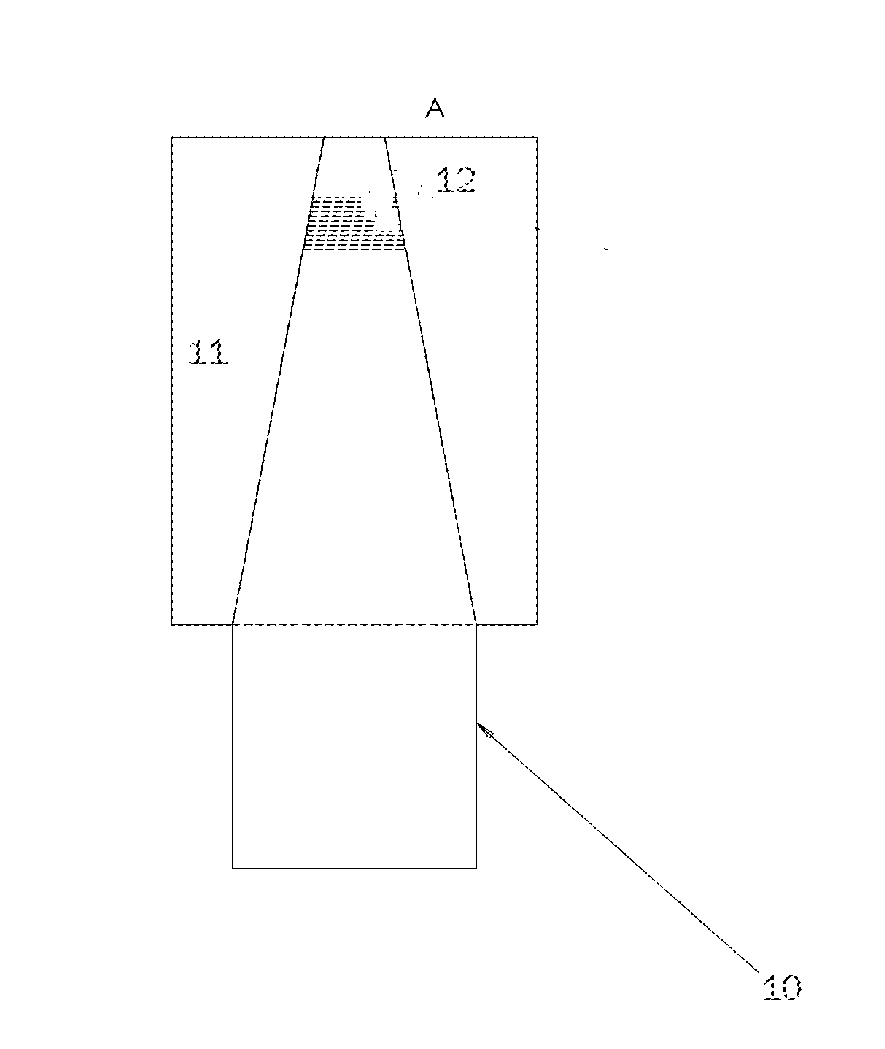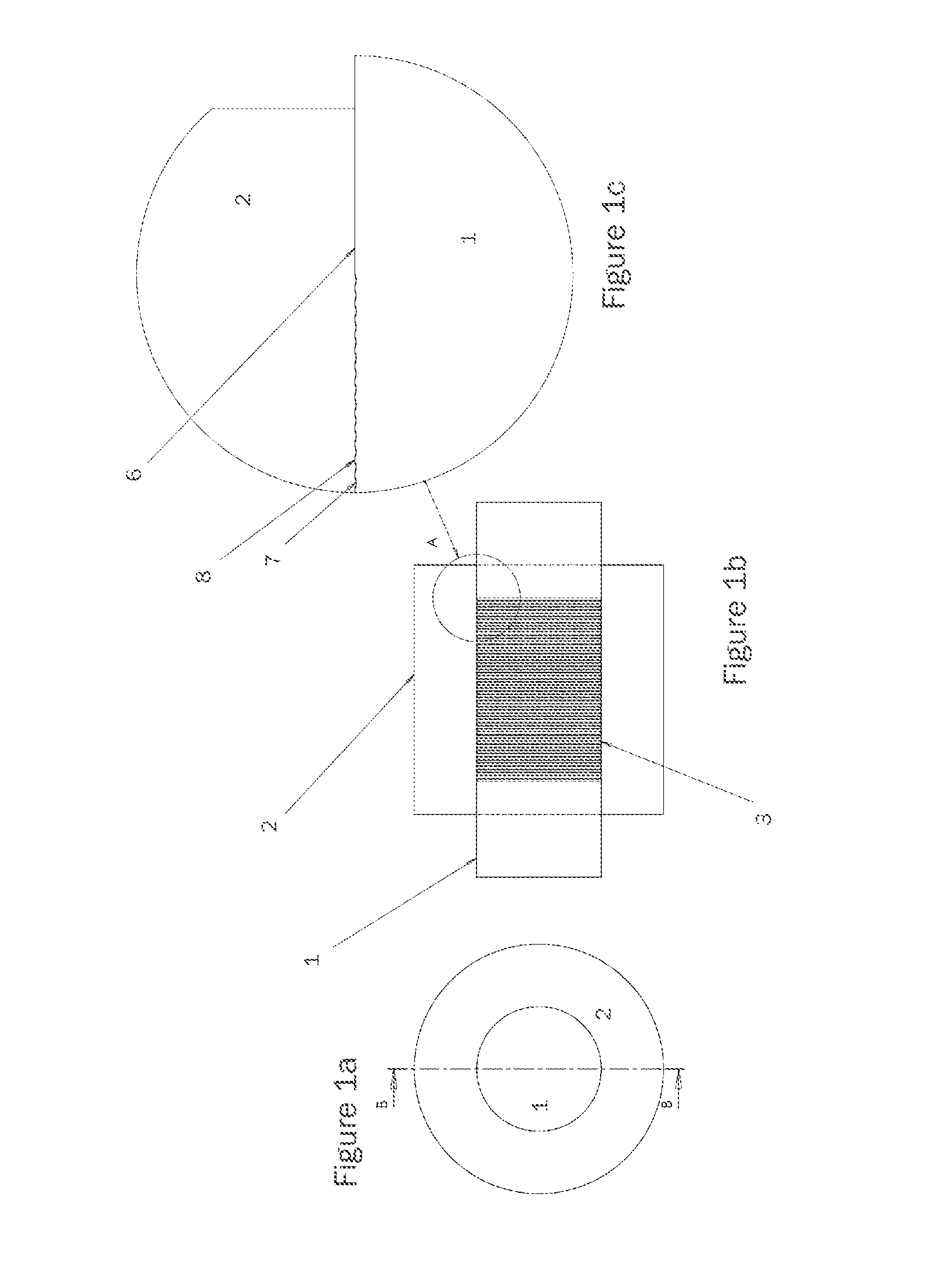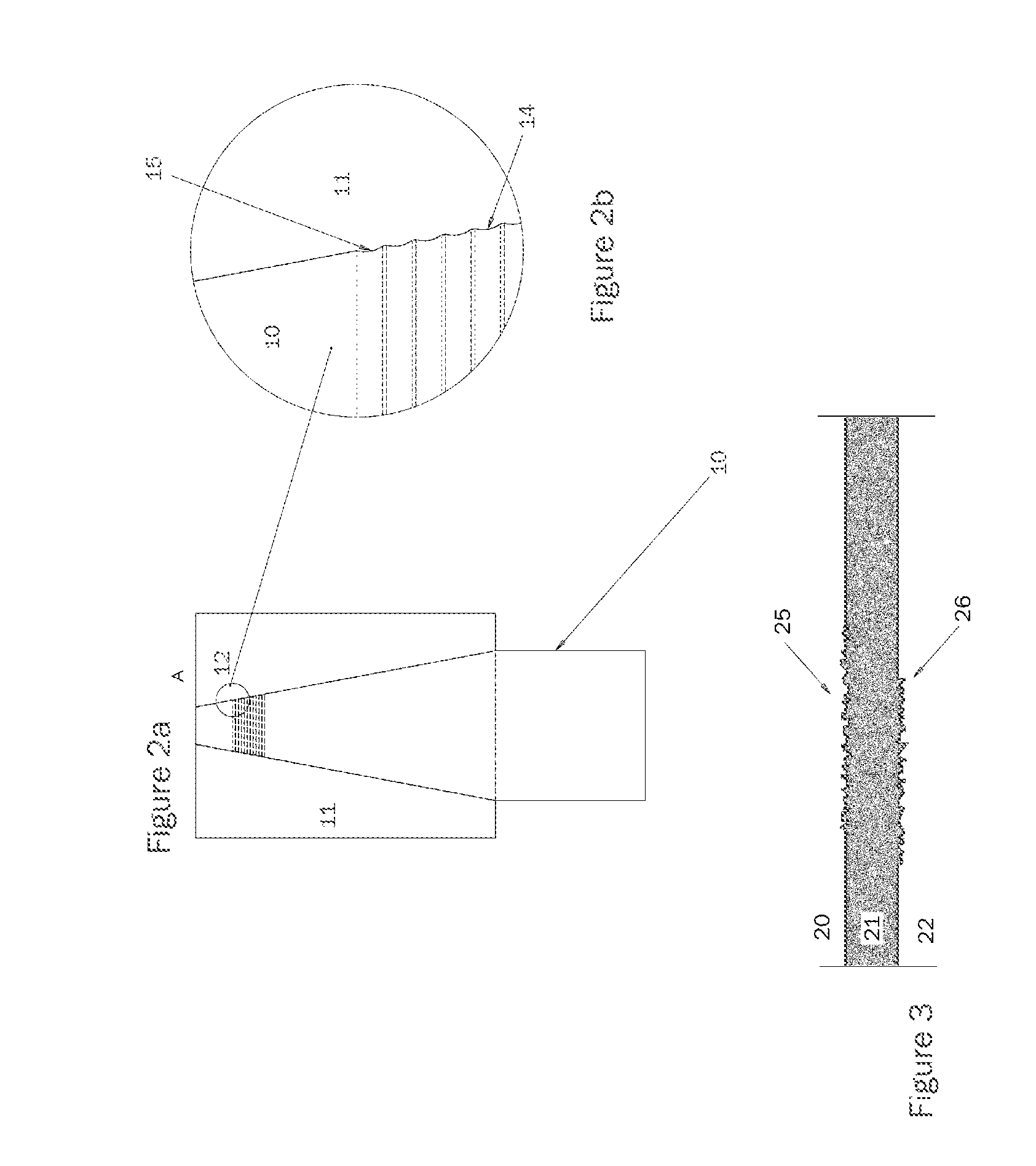Integrity of the union between components
a technology of components and unions, applied in the field of integration of components, can solve the problems of not always effectively preventing both rotation and sliding, components may experience axial loads, and other factors, and achieve the effects of reducing axial sliding of components, and being easy to machin
- Summary
- Abstract
- Description
- Claims
- Application Information
AI Technical Summary
Benefits of technology
Problems solved by technology
Method used
Image
Examples
Embodiment Construction
[0055]FIGS. 1a-c illustrate a preferred embodiment of a piston of mild steel (2) fitted to a hardened shaft (1). Concentric grooves (3) are formed into the shaft to create a roughened keyed area. This may be performed pre- or post-hardening of the shaft.
[0056]In this embodiment, for example, for a 40 mm diameter shaft use a 0.1 mm fit with grooves 0.04 mm deep (0.08 mm diametrical) and 0.4 mm pitch. This leaves 0.1 mm of original shaft diameter.
[0057]For a 60 mm diameter use 0.15 mm fit with 0.06 mm with 0.6 mm pitch with, again, 0.1 mm original material left on shaft. This can be performed using a standard cutting tool with a 0.4 mm radius.
[0058]For this embodiment, typically the maximum depth would be limited to 0.15 mm deep on 150 mm and larger shafts, but there is no actual limit. Ideally we do not exceed the “Fit” so the components are always held tight.
[0059]The outer piston (2) is heated and slid over the shaft (1) using standard interference fit techniques. In FIG. 1c we can...
PUM
| Property | Measurement | Unit |
|---|---|---|
| depth | aaaaa | aaaaa |
| depth | aaaaa | aaaaa |
| diameter | aaaaa | aaaaa |
Abstract
Description
Claims
Application Information
 Login to View More
Login to View More - R&D
- Intellectual Property
- Life Sciences
- Materials
- Tech Scout
- Unparalleled Data Quality
- Higher Quality Content
- 60% Fewer Hallucinations
Browse by: Latest US Patents, China's latest patents, Technical Efficacy Thesaurus, Application Domain, Technology Topic, Popular Technical Reports.
© 2025 PatSnap. All rights reserved.Legal|Privacy policy|Modern Slavery Act Transparency Statement|Sitemap|About US| Contact US: help@patsnap.com



